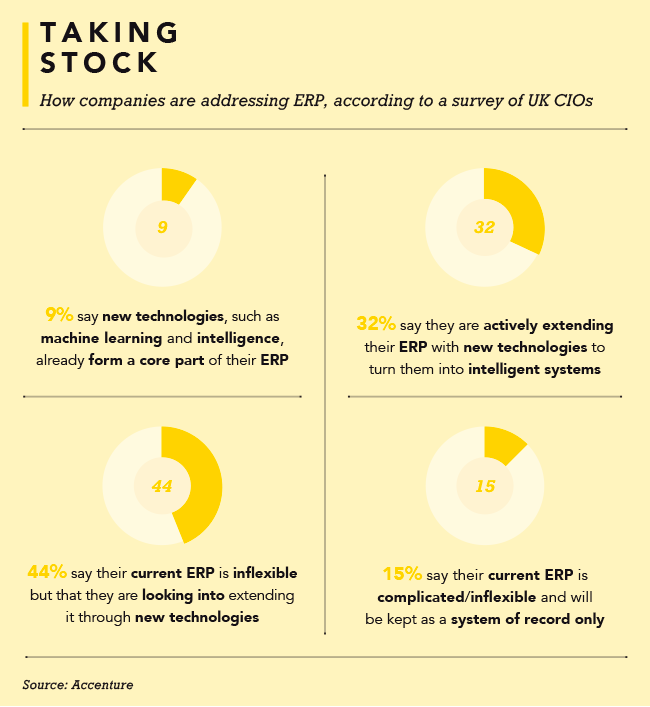Norman Goodfellows (NGF) may seem a humble wine and spirits retailer, but when you start to unpack its operations you quickly get a sense of the scale and complexity of its business. With stores and warehouses across South Africa – in the Gauteng, Western Cape and KwaZulu-Natal provinces – NGF completes up to 1 000 deliveries a day to pubs, restaurants, hotels and restaurants, via a fleet of more than 50 vehicles servicing around 2 000 customers every day from two dedicated warehouses and distribution centres. Most of those deliveries (62% in total) originate from same-day orders.
‘To give an idea of the pace of our business, on an extremely busy day we have the capacity to make over 1 000 deliveries, with 500-plus deliveries being delivered the same day the order was received,’ says COO Jason McEvoy. ‘This is very much a commodity-based business and we differentiate ourselves through excellent service, every time.’
Until recently, NGF used a front-end point-of-sale system and a separate finance system, which communicated via manual entries from both sides. The organisation had, by McEvoy’s own admission, no real insight into profitability at a customer, supplier or product level.
‘Another challenge with the old systems arose when a customer placed an order and we had no idea whether or not we had the stock on hand,’ he adds. ‘It was only when the salesperson took a piece of paper indicating the customer order into the warehouse that he could physically confirm stock availability or outage.’ Stock losses were also a massive headache. ‘Alcohol is like cash,’ says McEvoy. ‘It can be sold or consumed anywhere. Theft is, unfortunately, a huge part of our business, both in retail and redistribution. Not having the capability to quantify these losses was frustrating and bad for the bottom line.’

Stock, sales, supply chain… Many businesses would relate to NGF’s challenges. And many are doing exactly what it did, which is move from those basic systems to a fully integrated, digitally led enterprise resource planning (ERP) system.
NGF implemented a Syspro ERP solution that now provides enhanced visibility of stock, along with complete visibility of its profit per customer, supplier and product. McEvoy runs through the list of applications.
‘Syspro Point of Sale drives our retail business and allows us to transact offline. The warehouse management system ensures that anything that moves in any of our warehouses around the country is moved with a matching transaction on Syspro so that our stock is always visible in real-time. And B2B sales order integration allows NGF customers to place orders on their side, thereby reducing human error when choosing products, and increasing efficiency.’ That move, from many separate systems to a single ERP solution, is one that many companies across Africa are now making. The trend is being propelled both by bottom-line concerns (as NGF’s case emphasises) and by the widespread adoption of cloud technologies.
Rwanda’s largest bank, Bank of Kigali, recently deployed Oracle ERP and HCM Cloud to automate its workforce and streamline costs. The bank has since used the Oracle system’s ease of integration, scalability and accessibility to provide new services easily to customers.
‘Cloud technology is key to delivering on our digital transformation strategy,’ says Bank of Kigali CEO Diane Karusisi. ‘We needed a partner who could provide digital capabilities, integrate with existing solutions, and automate processes in finance, logistics, procurement and human resources. With the use of these applications, we aim to provide customers with access to personalised services seamlessly, instantly, comfortably and from anywhere; therefore significantly reducing costs, and providing customers options for accessing banking services.’

According to Ibrahim Abduba, Oracle’s ERPM strategy and business development leader for East and West Africa, however, ‘despite such success stories, many companies continue to cling to the mindset of “I have my own customised ERP, and it works for me; I’m not giving it up”. That attitude is understand-able, but current challenges prove traditional ERPs lack the flexibility to overcome them efficiently. Rigidity is simply not contemporary best practice’.
Abduba believes that the time is ripe for change, but warns that it demands a greater embrace of new perspectives. ‘These newer attitudes have been slowly taking root in Africa,’ he says, pointing to the move from manual to automated ERP applications. This, he says, has led to the realisation over the past decade that cloud-based systems drive greater operational agility than their on-premises equivalent.
A major challenge, though, is that the ‘best practice’ he refers to is constantly changing. ERP, like so many aspects of modern business, is in a permanent state of disruption brought about by digital tech’s famous alphabet soup: AI, machine learning (ML), internet of things (IoT), augmented reality (AR), supply chain management (SCM), and so on.
‘The point is that technology evolves and avails business benefits, such as greater speed and cost savings,’ says Abduba. ‘Clinging to older on-premise systems is inefficient in many ways. It results in a perpetual IT upgrade cycle every few years to avoid becoming obsolete.
‘Yet, despite significant spend, access to the latest applications is not guaranteed as old platforms may battle to integrate with new solutions. By contrast, Oracle cloud applications, including ERP, are continually updated every quarter, giving customers immediate and automatic access to new features and functionalities. Through the cloud, enterprises can instantly leverage the latest best-in-class technologies, which connect seamlessly because of already-considered integration capabilities. The cost of continual upgrades goes away, and it becomes easier to predict spend and calculate budgets.’

Yet, as Riaan Bekker points out, ERP technology has never been static. Bekker is force solutions manager at cloud-based risk-management and insurance solutions provider Thryve. He says that ERP technology has evolved as business needs have changed, expanding their capabilities through various modules and add-ons. What hasn’t changed as much, he says, ‘is the monolithic and centralised nature of ERPs’.
Bekker believes that the future of ERP technology lies firmly in the cloud. ‘Cloud-native services are decentralised and operate on a very different level to the traditional ERP model,’ he says.
‘Some modern ERPs are embracing the cloud, and there are several that qualify as genuinely cloud-native. But many still don’t, and most of those are legacy ERPs that have been put in place with considerable cost and effort.
‘They are vital to the operations of their companies and have unfortunately become legacy traps: systems that are technically outdated, but are also crucial and complicated, and thus not easy to replace or upgrade.’

Those two worlds can, however, be brought together through data integration. ‘Modern cloud platforms can be generous with application programming interfaces [APIs], which are basically computer language interfaces that enable different systems to talk to each other,’ according to Bekker. ‘Using APIs, modern and legacy systems can be interconnected, enabling an ERP to share its data with more advanced incarnations of services such as risk-management applications and customer-relationship management platforms.’
In doing so, the modern, cloud-based ERP works with other business systems, rather than making the entire business its slave. As Bekker puts it, ‘the ERP’s centralised presence in the business world has made it the one system that rules them all. But this is changing as cloud services introduce more nuanced and less costly applications. Through integration, though, the different systems can still communicate with each other. Integration allows companies to continue leveraging their ERP investment while modernising their operations’.
Every major business will, eventually, have to replace its legacy ERP and move to an integrated, cloud-based solution. From the Bank of Kigali to the stock rooms at Norman Goodfellows, there are a more and more case studies of organisations that have made the switch and are better off for it. The ‘why?’, then, has been answered. What remains is the ‘how?’, and here, organisations across Africa would be wise to follow current best practice… Even if that keeps changing.
By Mark van Dijk
Images: Gallo/Getty Images


